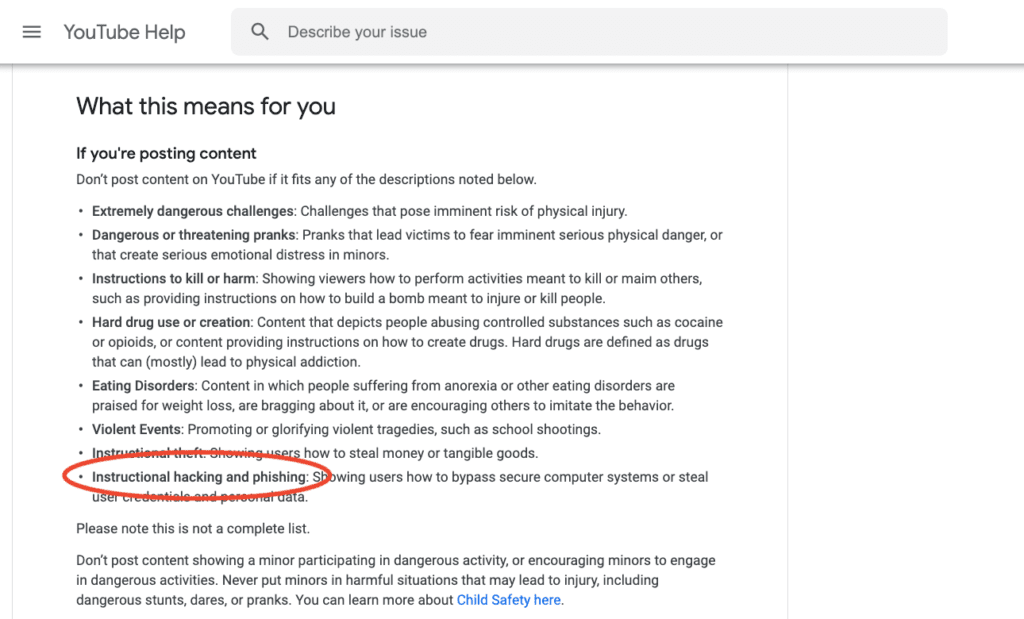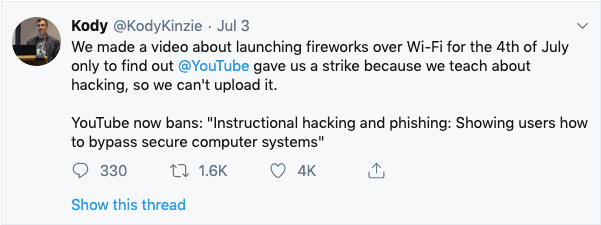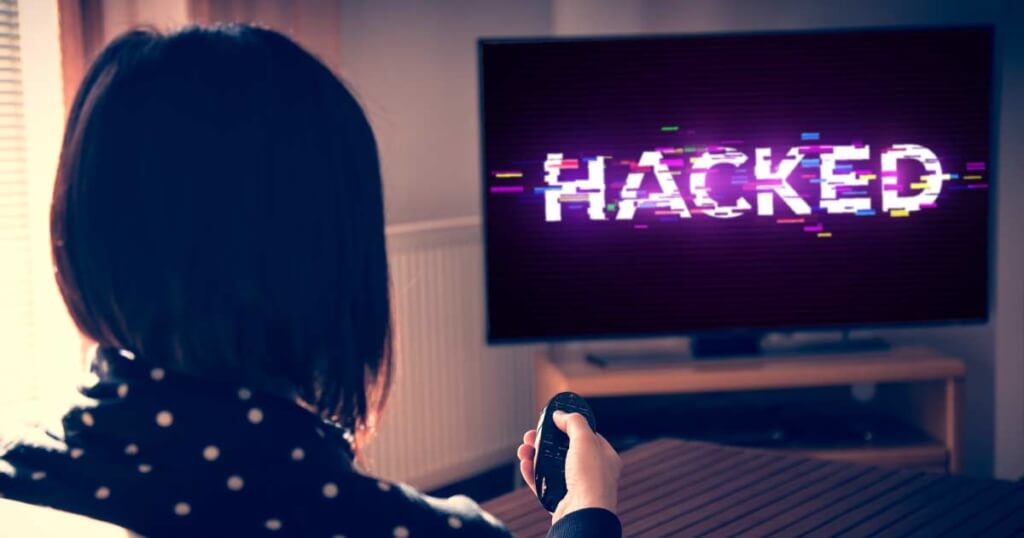A recent update on YouTube declares hacking and phishing instructional videos in the list of harmful or dangerous content, leave content creators shocked and puzzled. Find out more.
For YouTubers, it is going to leave a strong impact on content creation, and they are confused with so many questions in mind after the recent update in YouTube policy.
YouTube became a large and popular video sharing platform by building the business from so many creator’s copyrights, and by showing their content, due to which YouTube is facing criticism after this update. On April 5, 2019, the written policy came up in web history of Internet Wayback Machine, which says,”Instructional hacking and phishing: Showing users how to bypass secure computer systems or steal user credentials and personal data.”

About the permissibility of cybersecurity-related content, creators do not have as much clarity as required to understand the policies, in order to work with absolute cautious effort. Earlier, the uploaded videos could be removed after some time, if there are enough reports submitted by viewers against the content quality or if the moderators find that the content has violated the policies.
(See also: Is it Ok to buy YouTube Views in 2019?)
Concerns of Cybersecurity Professionals/ Educators

Many popular YouTubers, like Kody Kinzie, a popular security researcher, and educator who uploads hacking videos on YouTube, tweeted last week,
”We made a video about launching fireworks over Wi-Fi for the 4th of July only to find out @YouTube gave us a strike because we teach about hacking, so we can’t upload it. YouTube now bans: “Instructional hacking and phishing: Showing users how to bypass secure computer systems”

Later on, clarified,” Just a clarification, we haven’t even uploaded the firework video. We can’t due to a strike on a video about the WPS-Pixie Wi-Fi vulnerability. YouTube has never seen the firework video and it is not why we got a strike.”
He raised concerns over the changes as they might make the learning process for cyber security a tough job for both learner and teacher.
Also, other security professionals are doubtful about the introduction of this policy. According to Tim Erlin, VP of Product management at Cybersecurity biz Tripwire, hacking is not a derogatory term, and it should not be used in the policy about what content is acceptable or not. However, it is effective to block content that shows illegal activities like breaking organizational rules. For cyber security, instructional videos are really essential and useful.
R&D Security manager at Tripwire, Tyler Reguly mentioned about the challenges and difficulty YouTube faces regarding censorship of video content in his mail to The Register. Also, suggested that if YouTube wants the advertisers to pay, they should be more interested in the exact content being uploaded.
Apart from these quotations, many cyber security experts are upset about this categorization, as it lacks specification about the intent of the content.
Summary
YouTube has been doing some incorrect moderation in the policies in the past. One of them was removing videos that are fighting with white supremacy, and such removal was quite difficult to manage. But this update is much tougher to judge and solve. The question is why someone is answerable when they are just trying to teach some useful tips, that might be used for harmful purposes, yet it is a valuable area of study. This is again about maintaining the fine line of morality which cannot be balanced out by removing a positive intent content labelling it as a hack. Doing this might affect many computer security teachers specifically as their content is not acceptable by YouTube. Kody Kinzie is a good example, shows how strict the policies are going to be.

